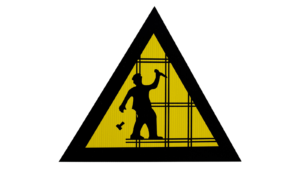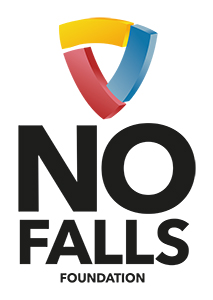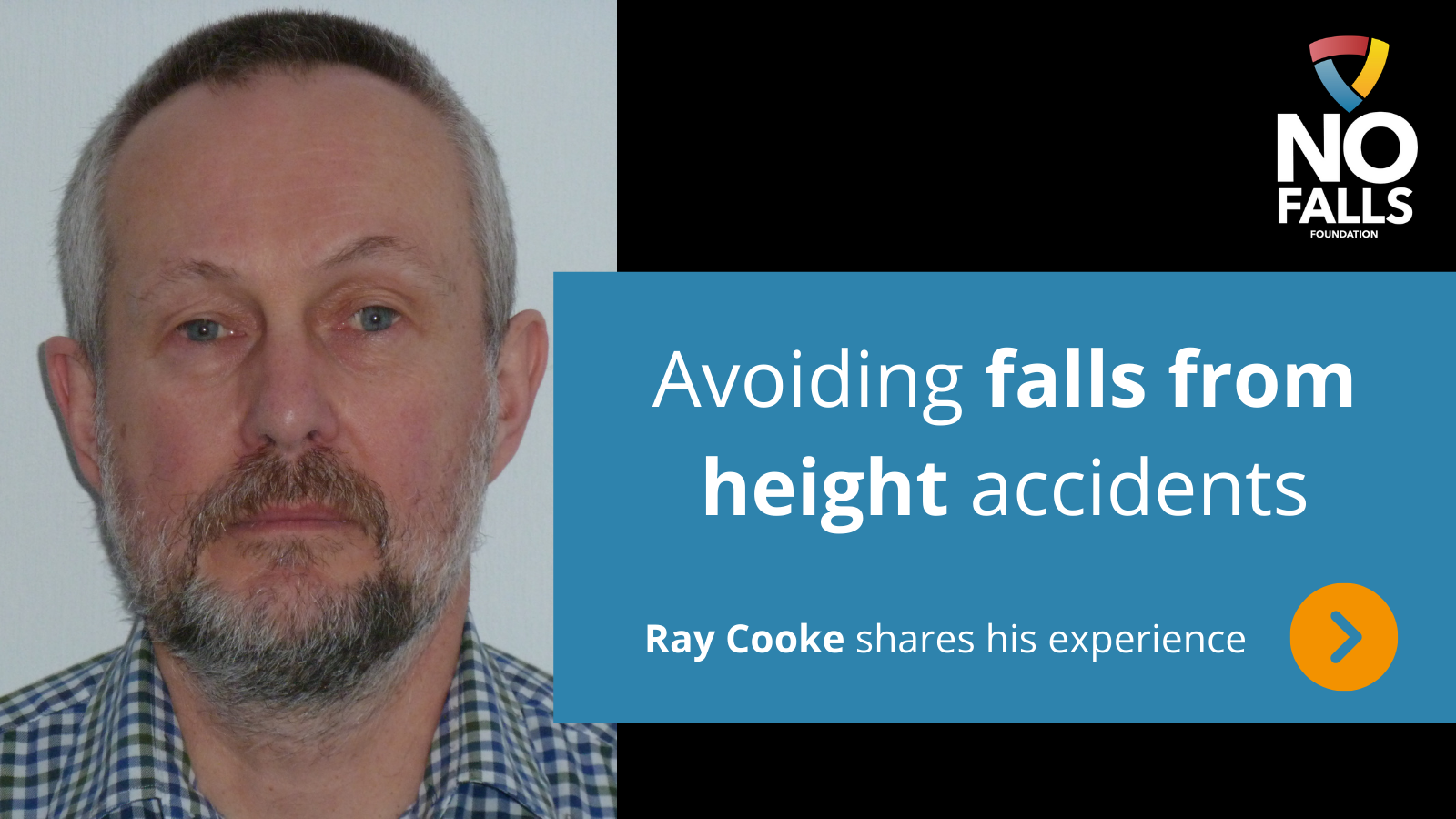Saving lives by stopping falls
Latest news

Avoiding falls from height accidents |
Our health & safety advisor, Ray Cooke, highlights the need to properly plan, organise and manage work at height to keep people safe. “Just take a little time and think before you begin,” says Ray.
Written by Ray Cooke, Health & Safety Advisor at No Falls Foundation

British industry, in whatever sector, is usually pretty resourceful when it comes to solving problems, and that holds true when it encounters issues around working at height.
Unfortunately, what it does not always do is properly consider how that problem should be resolved safely and that results in falls from height accidents being a major cause of fatal and major (specified) injuries year on year (see HSE annual statistics www.hse.gov.uk).
This inflicts significant cost to the individual (financial, emotional, impact on family and work colleagues etc), the employer (many think their insurance will cover this, but it rarely gets anywhere near the actual costs), and society (lost production, government allowances etc).
Health and Safety Executive research, including accident investigations by its inspectors, show that all accidents, including work at height, have failures in one or more of the following root causes – management / planning / organisation. So, it really does pay to plan the work properly at the very start. HSE use the mantra Plan, Do, Check, Act to underpin how work should be undertaken and if you want to read more about this you can do so on its website, and don’t worry as you don’t have to read reams of information; it gets summarised in a simple leaflet (INDG275).
The guidance helps you understand how to achieve a balance between the systems you operate and behavioural aspects of management. It also helps you combine health and safety into your day-to-day management, rather than trying to add it as some kind of extra.
However, with a little pragmatism, you can also get things right if you apply a little common sense. We all hear a lot about risk assessment and many switch off as soon as it is mentioned. Don’t worry about terminology, it really is pretty straightforward. What is the task that needs to be done; what is the environment where that work is to take place; are there any specific factors that might cause problems; who might be affected; are those who are to undertake the work competent to do so, etc. Considering issues like these sensibly before you start should allow you to choose the right equipment and method to undertake the work safely.
What never ceases to amaze me is how many never visit or gather appropriate information about the site, before going to undertake the work. Yes, there might be some simple tasks where that is ok, but how can you answer the points above if you don’t know what you will encounter. For example, I’ve seen methods of work that say workers will be harnessed and clipped on but there’s nowhere to attach the harness lanyard to, so the harnesses remain in the van and the workers undertake the task with no fall protection.
Please do not assume that if you’ve used a certain method before and not had an accident that this means it is safe. You really do need to know about the site, the task, the people etc in order to plan the work properly and then to ensure it is carried out and managed safely.
Just take a little time and think before you begin.

Ray Cooke
Ray recently retired after 35 years with the Health and Safety Executive, finishing his career as Principal Inspector in charge of the construction division’s sector safety team. He's now Health & Safety Advisor for No Falls Foundation.


